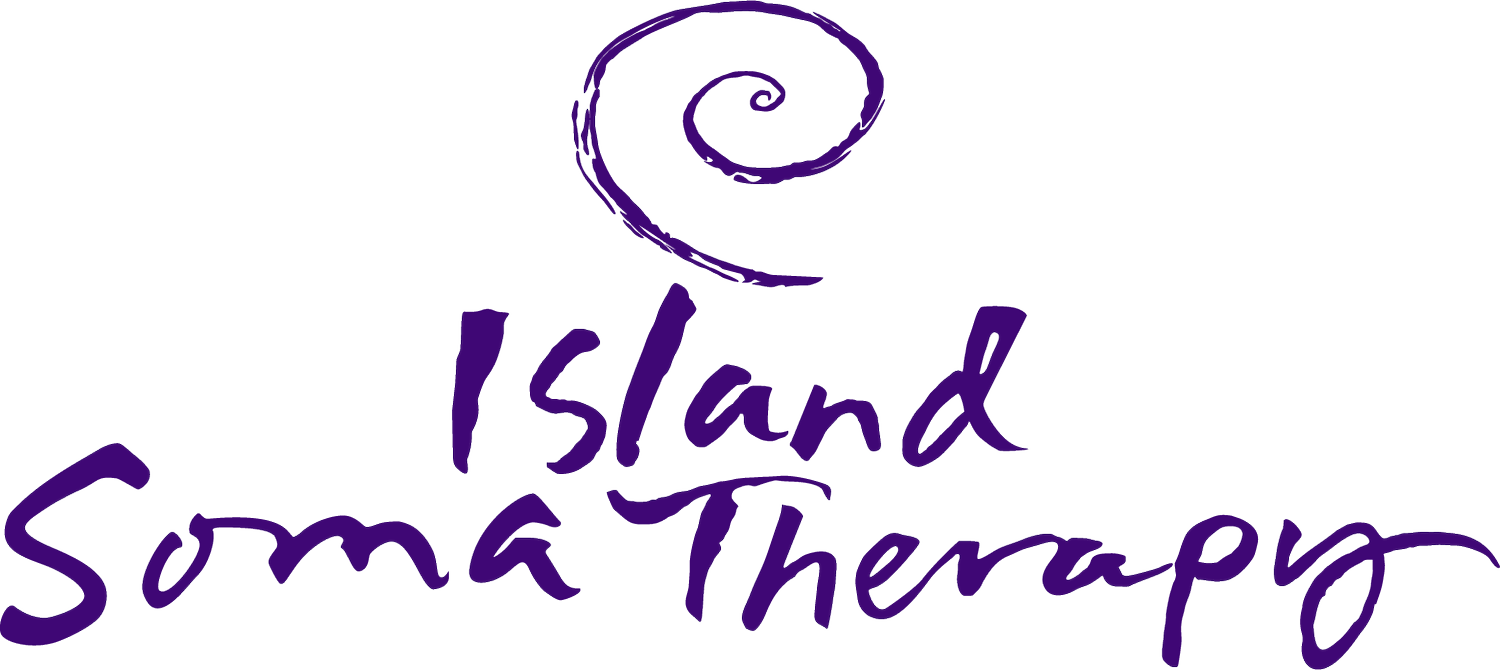Craniosacral Therapy
The craniosacral system is comprised of the brain and spinal cord, their surrounding membranes, and the bony attachments.
Restrictions and distortions at this level of the body (usually from stress, accidents, and injuries) can lead to numerous health issues. CST as a treatment approach can be effective for a wide range of issues such as:
migraine and muscle contraction headaches
musculo-skeletal and neurological pain
vertigo, tinnitus, and TMJ dysfunction
sleep disturbances
digestive difficulties
recurring colds or low grade infections
anxiety ot post-traumatic stress
Even slight deviations of a bone’s movement or position can produce physical or psychological symptoms, and often both. When the cranial wave is distorted, it can consume or divert a disproportionate amount of energy otherwise reserved for maintaining our health. This can lower the strength of the immune system, and increases the likelihood of chronic states like depression for example. By contrast, if the cranial bones are in a balanced place, the brain and central nervous system are more at ease. When the cranial wave is optimized, we feel more healthy and whole.
In holistic terms, CST is also sought out by people who are perfectly healthy. As a meditative and calming experience, it can be highly effective in the return of mental clarity and abundant energy. In this way, the work can be a deeply personal or spiritual experience.
There are a number of approaches along a continuum that fall under the Craniosacral “umbrella”, ranging from mechanical/functional (directly and indirectly correcting restrictions) to biodynamic (emphasizing “non-doing”, or supporting the body in a way that allows our own natural healing forces to reveal themselves as a treatment plan).
Though trained and well practiced in these various methods, my style of CST is also influenced by Structural Integration’s perspective on form and function, Zero Balancing’s synthesis of structure and energy, and the evolving work of Rolfer Sharon Wheeler.
My current practice leans most strongly towards the biodynamic perspective. Out of my own experience, I’ve come to respect and appreciate how this approach seems to support underlying change.

